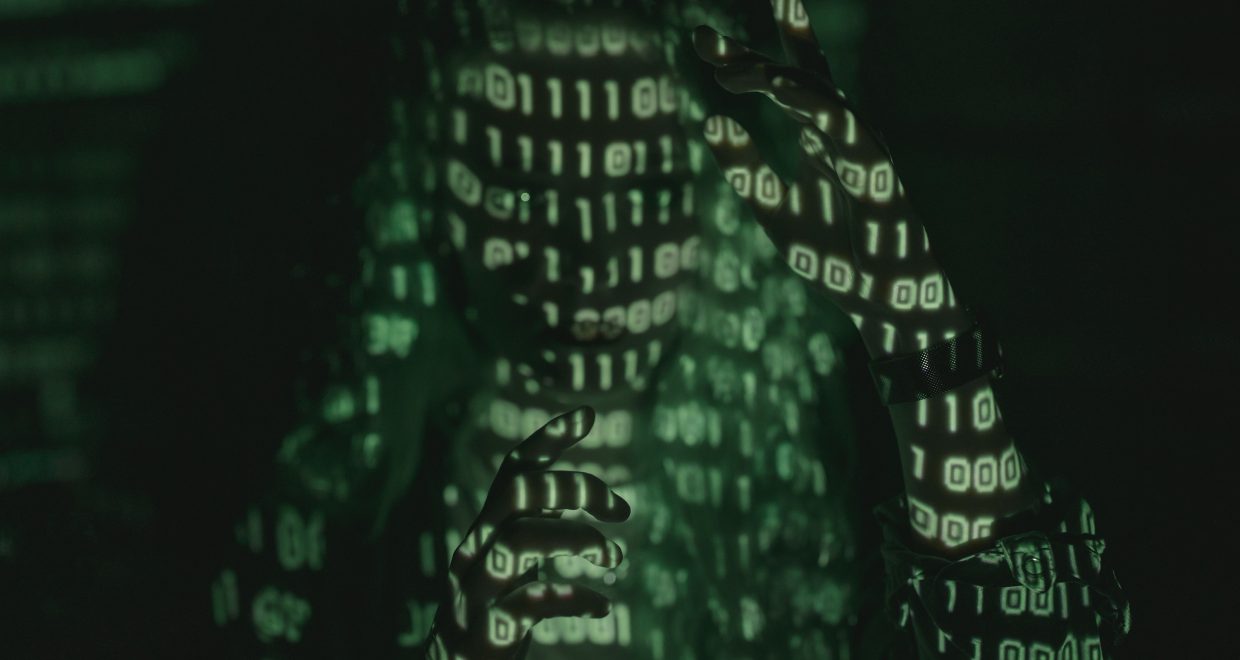Adolescent involvement in cybergossip
The paper ‘Adolescent Involvement in Cybergossip: Influence on Social Adjustment, Bullying and Cyberbullying’ by Cristina María García-Fernández, Miriam Moreno-Moya, Rosario Ortega-Ruiz, and Eva M. Romera, published in The Spanish Journal of Psychology, has been chosen as the Editor’s Choice Article for February 2022.
The advent of new information and communication technologies (ICT) has led to Internet becoming a new context for social communication and has changed the way people socialize. Despite the benefits and opportunities offered by ICT in terms of connections between people, creating new social bonds or the feeling of belonging to a group, the exploration of one’s own identity or the development of social skills (Arab & Díaz, 2015) still present communicative and affective challenges which provide the opportunity to learn and develop using digital devices.
These social activities, as well as having a positive potential in terms of communication and creating affective bonds, can also give rise to episodes of hatred, aggression and other social imbalances which have harmful effects for all those involved (Vannucci et al., 2020). Furthermore, the later years of childhood, especially adolescence, are a time when forging friendships and intense social communication are at their peak, with both positive and negative effects (Marín-López et al., 2020).

Gossip is a type of social behavior present in all types of social networks, and cybergossip is an emerging kind of online social behavior which can both promote and hinder relationships between peers. The aim of this work was to explore the differences in the levels of involvement in cybergossip between as a function of the variables of social adjustment, bullying and cyberbullying (aggression and vitimisation).

Although awareness about the impact of ICT and social media on adolescents’ social relationships has increased, there are still relatively few studies on cybergossip that looking at the phenomenon from a psychology-educative perspective (Gabriels & De Backer, 2016), proving that gossip is a cooperative and an efficient interactive way, within social network, for learning or social adjustment.
Despite this lack of research, some advances have been made in the link between cybergossip and cyberbullying (Romera et al., 2018), and in the comprehension of the role of cybergossip in the improvement of interpersonal relationships (Lopez-Pradas et al., 2017). However, the previous literature has not yet evaluated the extent to which involvement in cybergossip can be linked to social adjustment, knowing, that this, in turn, is also linked to the appearance and continuance of bullying and cyberbullying.
The results clearly point to a direct relationship between the frequency or intensity of cybergossip behaviors and involvement in aggression, victimization, cyberaggression, cybervictimization. Thus, this work is highly relevant for the field of education, because, as well as advancing our knowledge of the emerging phenomenon of cybergossip, they show the need to ensure that adolescents use social media appropriately and to monitor, in educational contexts, the extremely frequent use that adolescents make of these applications. Despite of high percentage of involvement in cybergossip, there are positive effects in terms of peer acceptance, social adjustment, communication, and exchange, but there are also risks for learning and social development.

Cite: García-Fernández, C. M., Moreno-Moya, M., Ortega-Ruiz, R., & Romera, E. M. (2022). Adolescent involvement in cybergossip: influence on social adjustment, bullying and cyberbullying. The Spanish Journal of Psychology, 25, E6. https://doi.org/10.1017/SJP.2022.3






